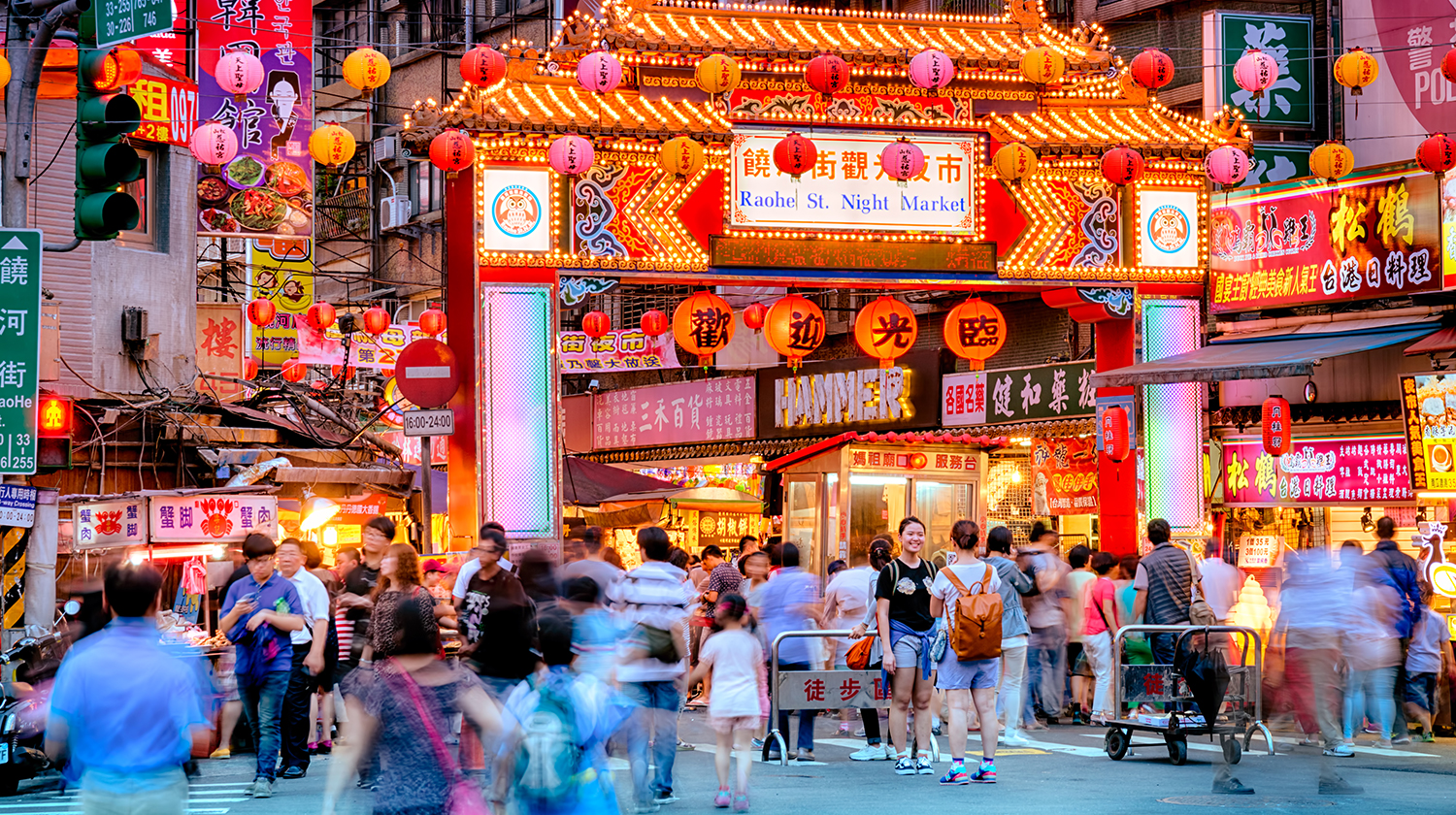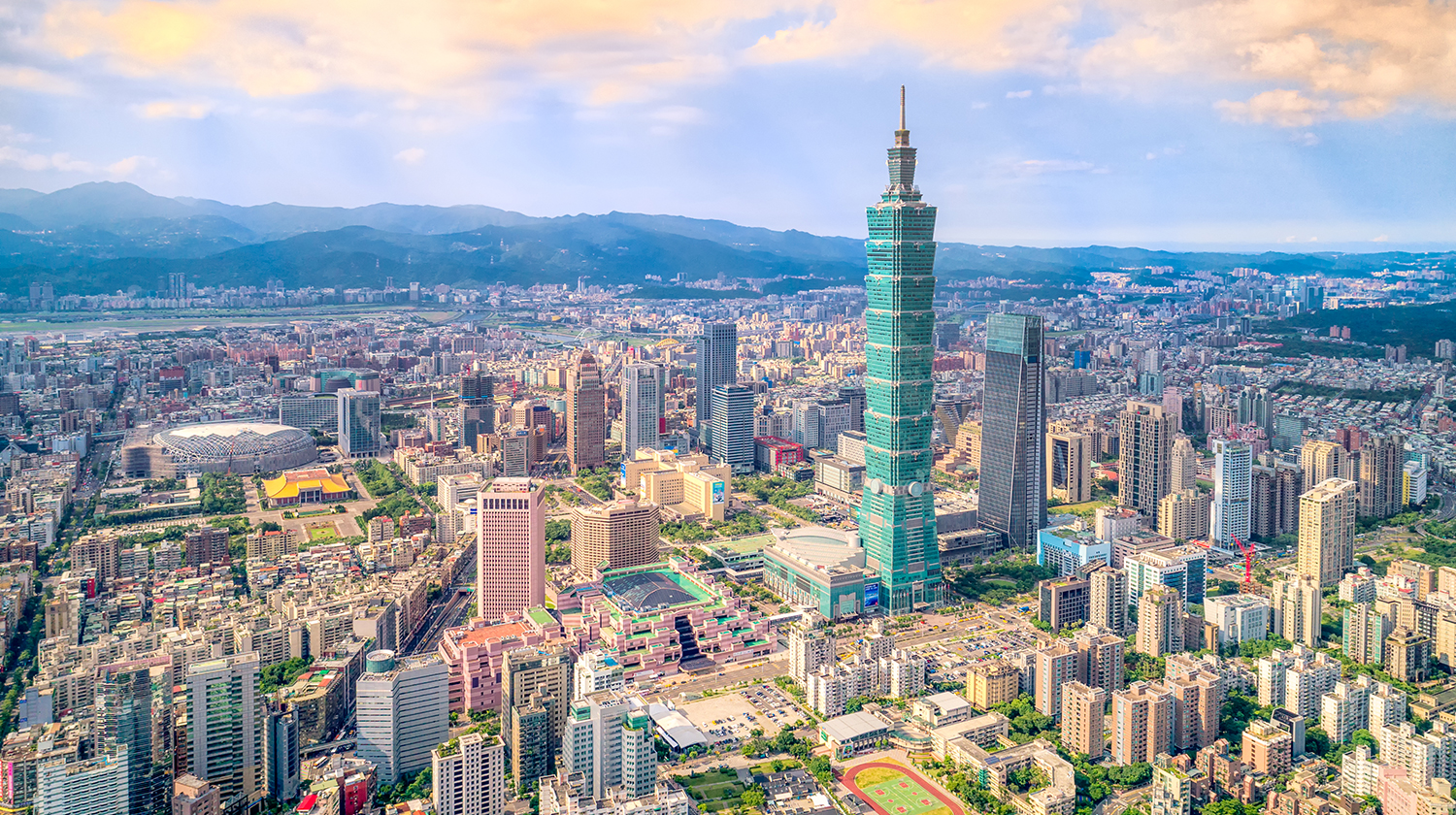Asia’s tech hub is going green
As a subtropical coastal city with a high-tech economy, Taipei is facing up to the challenge of a changing climate with innovation and cross-sector collaboration, looking to become a green city of the future.
Taipei’s population of 2.7 million boasts almost full employment and most people work in the services sector. Taipei is a global hub for technology with a vibrant start-up culture of its own while playing host to global tech giants. High-rise office blocks and skyscrapers form the city’s dense urban skyline.
The city’s humid subtropical climate is prone to heatwaves, cyclones, storms and droughts. Despite both its economy and population being remarkably stable, the city is still at risk from climate change.
To help tackle this global challenge, Taipei has a target to cut city-wide emissions by 50% by 2050 (compared to 2005 baseline), with an interim target of 25% by 2030.
This has not proved an easy challenge. Despite strong environmental governance, higher temperatures have led to higher energy demand from air conditioning to keep cool. The city has achieved a 6% cut in emissions so far, compared to 2005.
Ming-Lone Liou, the commissioner of Department of Environmental Protection of Taipei City Government said: “Taipei is a future facing city – we are leading the world in cutting-edge technology, and we also want to be a leader in environmental sustainability. Like others around the world, our city’s future is at risk from climate change and water risk, so we are taking action to cut emissions and build resilience. In the 21st century, to be a future-facing city is to be a green city”.

Building a green city
With an economy focused on high-tech services (sector primarily based in office buildings), most of Taipei’s emissions (74%) come from buildings. To deal with this, the city is employing innovative solutions and strong regulatory standards on green buildings and public space.
The city uses green walls and roofs to counter the urban heat island effect and special permeable pavements to keep the streets cool and limit surface runoff from storms.
It’s also compulsory for all new builds to meet high standards for green building design. After completion, if the building fails to comply with the Taipei Green Building Self-Governance Ordinance, the manufacturer’s performance bond is withheld.
The standard means that all new buildings with a footprint of 1,000 square meters and over need to have solar panels installed on the roof, covering over 5% of the building area.
The city government has also kicked off a three-year Energy Saving Action Plan for Residential and Commercial Sectors, focused on replacing old inefficient air-conditioners and other energy-guzzling appliances in schools, communal housing and service businesses.
They expect that the three-year project will deliver total energy savings of 250 million kWh, equivalent to carbon dioxide emissions of 132,000 metric tons. This is the equivalent of taking 28,000 cars off the road for a year.
Collaboration for clean energy
Taipei is heavily reliant on coal and gas for energy. Renewables make up only 3.4% of its energy mix. The city has a target to boost this to 10% by 2025 via development of solar energy, landfill gas power generation, and biomass energy.
Taipei takes a business-friendly approach to the energy transition, using public-private collaboration and innovative financing models.
Take for example the Taipei Energy Hill project, which was built in the Fudekeng Environmental Restoration Park.
It’s difficult to find space for large-scale solar in Taipei due to the limited land and high population density, so installing solar on an old landfill site that gets plenty of sunlight was a creative solution. The plant also extracts biogas from the landfill itself to generate electricity.
Private companies build, own and operate the energy infrastructure for Taipei Energy Hill. They sell the electricity to the state-owned Taipower energy company through a feed-in tariff scheme. The Taipei city government then receives a rebate equivalent to 10% of the total electricity generated, as the land rent.

Saving every drop
Along with the looming threat of extreme weather events, Taipei must also look to tackle the underlying concern of water scarcity. The city experiences droughts around every two years. Each time drought brings water shortages. This is only likely to increase with climate change.
In response, the city has taken a pragmatic approach to minimise water waste both through infrastructure improvements and public behaviour change.
Between 2015 and 2017 the city underwent a project to replace old lead pipes and fix leaks. Through examining the whole pipe infrastructure, the old pipelines were replaced, and several unnecessary pipelines were removed. A total of 2,200 water leaks were found, saving 613,000 tons of water per year.
The city has also used public engagement campaigns to encourage citizens to conserve water supplies and avoid waste. For example, holding a prize draw to gamify the water conservation process. Residents are eligible for this draw if they save 5% more water compared with the previous year.
By advocating water-saving measures to households, communities, city agencies and schools, the average household water consumption across the city was cut by some 15% between 2014 and 2006.
With Taipei’s pragmatic approach to climate resilience, which includes a mix of business-city collaboration, strong regulation, citizen engagement and public investment in infrastructure, the city has secured its place as a green city of the future.